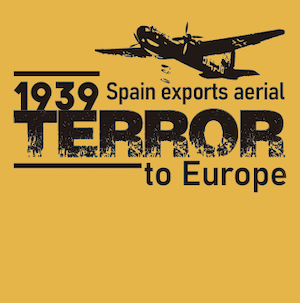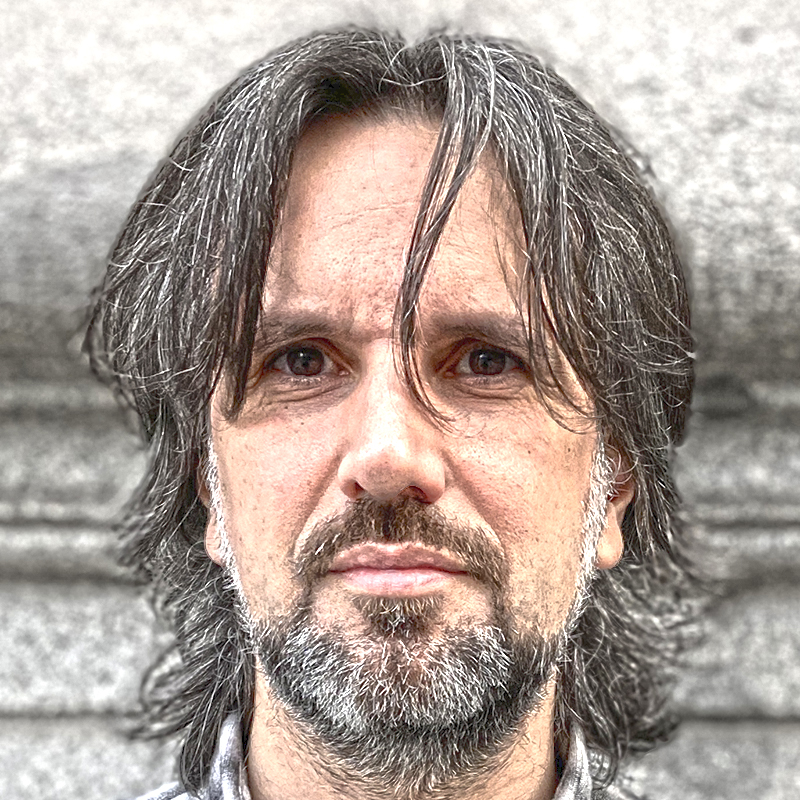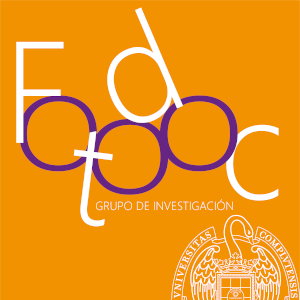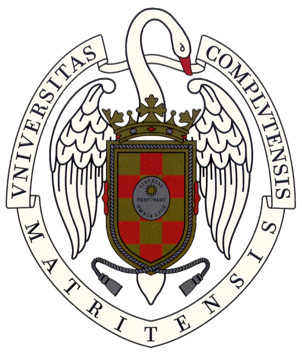Eighty years after the end of the horror of the war, the map Madrid bombed 1936-1939 offers a visualisation of the urbicide of Madrid, a consequence of the systematic aerial and artillery bombardments suffered by the city during the Civil War. Madrid was the first major city to suffer modern bombing.
The development of aeronautical technology was put at the service of an unprecedented destructive capacity to provoke, as a declared military objective, the demoralisation of the civilian population. This was the first large-scale test of Douhet's aeronautical military theories. It was also a rehearsal of the weaponry and tactics that, a few months later, would be put into practice on an even larger scale in many other European cities.
However, unlike other cities massacred by bombs, such as London or Coventry, where there is a collective and institutional memory, this common past was silenced in Spain for decades. A forgetfulness induced by a regime interested in disseminating an image of Madrid as a capital of victory, rather than as a population victim of violence.










